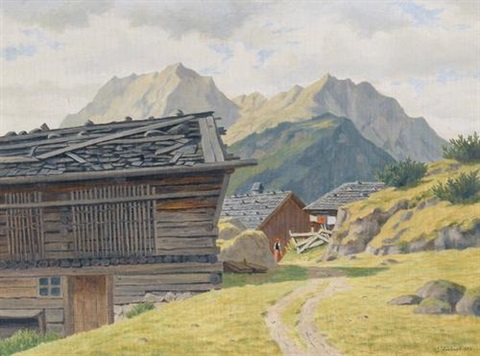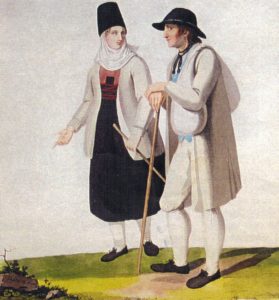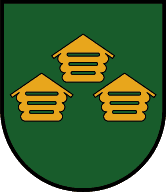history of the valley
Die Wurzeln des Bschlabertals reichen bis ins 13. Jahrhundert zurück, wo das Tal zum ersten Mal von rätoromanischen Familien aus dem Engadin (Schweiz) besiedelt wurde. Um etwa 1280 kamen sie als Religionsflüchtlinge mitsamt Viehbeständen über das Hahntennjoch in das heutige Bschlabertal, um das ehemals zu Imst gehörende Alpgebiet als Siedlungsraum zu nutzen. Bereits 1284 wird von vier Schwaighöfen berichtet. Heute spiegelt sich der rätoromanische Einfluss an vielen Stellen im Tal, wie etwa den Ortsnamen, wider.
alpine farming and mining
The settlers cleared the forest in order to use the meadows for livestock farming (goats, sheep, cows) and agriculture (potatoes, grain, flax and beans), which made them economically independent. Back then, life in the mountains was a tough struggle for survival. The mountain meadows were often mown up to an altitude of 2300 metres in order to harvest winter fodder.
Oral tradition has it that mining was carried out above the Boden district - at the foot of the Rotkopf - where galmei (zinc ore) and lead were mined. There are also several lime kilns in the valley.
land and avalanches
from pfafflar to boden
Pfafflar reached its highest population in 1840 with around 320 inhabitants. In 1894, Pfafflar ceased to be a permanent settlement and the last families moved to Boden. Since then, the rustic wooden houses have only been used in summer. However, the alpine pastures in Pfafflar were still farmed from spring to late autumn. In the 1950s, a cable lift was built between Boden and Pfafflar to transport materials such as hay between the two villages. Until then, the people of Boden had been forced to constantly climb up and down the mountain pastures to work them.

church and road construction
pfafflar costume

The "Pfafflarer Tracht", which dates back to the 19th century, was mainly made from home-made fabrics. A distinction was made between women's and men's costumes, which varied slightly depending on the generation and occasion.
The women's costume was characterised by the long, white jacket and the high, cylindrical headdress made of radin. In the literature, the so-called "Kapo" (cap) is described as green in colour. In illustrations, young women are often depicted wearing a "Stauche" - a white sheet wrapped around their head and neck. However, it has been handed down that the stauche was only worn by older or mourning women. The short, wide skirts ("Wiflinge") with an attached laced bodice, breast patch and apron and the pleated stockings are also striking. The bodice is usually described in treatises as red-coloured and decorated with braids.
The men's costume was predominantly white, with an open, coat-like skirt, a light blue shirt, stockings (made of wool in winter and canvas in summer) and breeches tied with leather straps under the knees. The black, wide-brimmed felt hat and the black "Binder" on the collar were worn with it.
the coat of arms

The coat of arms of the municipality of Pfafflar has existed since 1981. It depicts three golden hay huts against a green background. The coat of arms symbolises the name of the municipality, which in its oldest known form is "Pavelaers" and means "near the fodder towns". It is a reminder of the beginnings of settlement and the three villages of Bschlabs, Boden and Pfafflar.